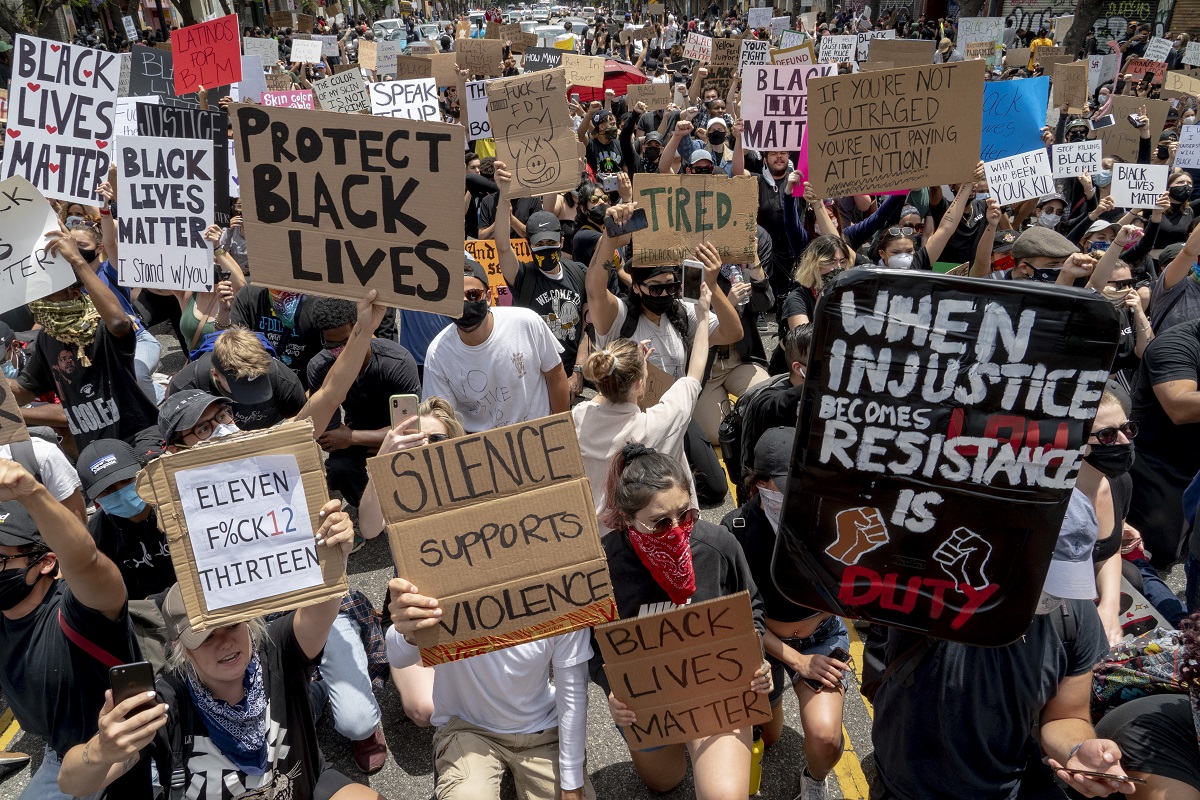More than a week after the death of George Floyd, the San Diego police has said that it will end the controversial practice of carotid restraint.
During a press conference on Monday, San Diego mayor Kevin Faulconer and police chief David Nisleit said that the practice will be “immediately stopped”.
Nisleit also said that this is the right thing to do for the community.
Under the carotid restraint, an immobilisation technique, a police officer applies pressure to sides of a detainee’s neck to render him unconscious.
Officers are also taught to get a suspect up from the ground as soon as possible, either sitting or standing, since lying on one’s stomach can cause breathing problems, especially for larger people.
The demonstrators across the United States have been protesting since May 25, after 46 -years-old, George Floyd, African American man, died under the police custody in the city of Minneapolis.
Floyd was unarmed and handcuffed, continuously pleaded that he could not breathe. He was soon after declared dead at a nearby hospital.
On Tuesday, two people were killed during unrest in Chicago’s suburb of Cicero as protests continued over the death of African-American man.
All four police officers involved in the incident have been fired, and Chauvin has been charged with third-degree murder and manslaughter.
On Friday night, as hundreds of protesters, raged by the death of George Floyd, gathered outside the White House, US President Donald Trump was briefly taken to an underground bunker.
Over 200 people had been arrested before the curfew took effect on Monday night, and the whole night saw more than 700 arrests made, most of whom were youths, according to the New York City Police Department (NYPD).
The protests are reminiscent of those that followed the 2017 death of Philando Castile, who was sitting in his car after a traffic stop in a nearby suburb when an officer shot him.










